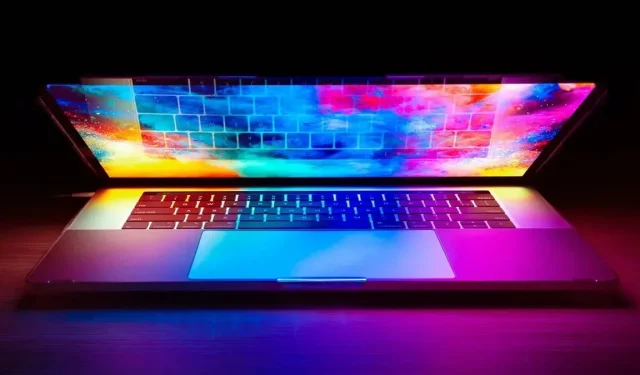Artificial intelligence creates real little miracles. We use it today sometimes without realizing it. Here are some very interesting tools.
Artificial intelligence (AI) continues to influence technology, sometimes without even realizing it. Whether it’s in games like Minecraft or for detecting diseases, AI mechanisms can be very practical in our daily work for our productivity or our creativity. Here are some very interesting and very useful tools that can help you. We have chosen the simplest and most effective.
1. Smart Reply and Compose in Gmail
Some spend their time writing emails. Gmail has an AI tool that can help. In the General tab of Settings (or the Settings panel in mobile apps), you can turn on Smart Reply and Smart Writing to speed up the writing of your messages, whether from a blank draft or in an existing conversation.
Smart Reply gives you text suggestions (“thanks for the info”, “welcome”) based on the content of the message you’re replying to. With one touch or click, your answer is written and ready to be sent. Google explains that its machine learning algorithms improve over time.
Smart Compose takes it one step further by suggesting complete words and phrases as you type in an email. These offers are grayed out and you can accept them by pressing the Tab key (on a computer) or swiping (on a smartphone or tablet).
2. AI generated text in Rytr
Today, there are many text generation services, most of which focus on marketing and advertising. Give it a few well-chosen keywords and a general tone for when you’re lacking inspiration, and the tool creates text that’s far from perfect, but a foundation to work with.
Rytr is one such service. Easy to use and free. There are paid offers – from $9 per month for more than 5,000 characters per month, in particular -. Rytr can be used to create emails, blog posts, and more. To get started, select a story line and general tone from the left panel, enter a few words to get the AI going. After a few seconds of thinking, you will have a block of text to modify and use.
3. Turn handwriting into digital text with OneNote
Scripting is often faster than typing, especially with the virtual keyboard. AI can recognize your handwriting and digitize it, in other words, translate your handwriting into digital text. OneNote is one of the best tools for this, and the tool is available for free on desktop and mobile devices. However, you’ll need a Windows desktop app if you want to convert your handwritten notes to digital text, which you can then copy to other apps.
Switch to the Drawing tab in the OneNote menu and use the Lasso Selection tool to select the handwriting to work with. Then click Ink to Text to convert the text. The conversion syncs with other devices that have the OneNote app installed.
4. Compose music in Soundraw
While composing music without artificial intelligence is quite possible, the latter greatly simplifies the work, can serve as a source of inspiration, fill in some holes, etc.
Again, there are many options, but Soundraw is one of the easiest and free ones. You don’t even need to register to use it. Choose a theme, tempo, some instruments, duration, and the AI will take care of the composition. And the result is often very pleasant.
You must have an account to edit or upload a creation. The $17 monthly subscription removes limits, including the number of tracks you can create and save.
5. Erase and Fill in Adobe Photoshop
Photoshop takes advantage of artificial intelligence with algorithms that include removing objects or fixing colors. Adobe recently introduced a feature called Delete and Fill with One Click. It works very simply: you can remove people and objects with a single click, and the vacuum cleaner is automatically replaced by AI.
To use it, select the Object Selection Tool from the Toolbar – on the same panel as the Quick Select and Magic Wand Tool, it looks like a solid square with a dotted square around it. Select your object, then press Shift+Delete (Windows) or Shift+Backspace (macOS) to make it disappear. The better Photoshop understands the background of your image, the more effective the fill will be after deletion.


